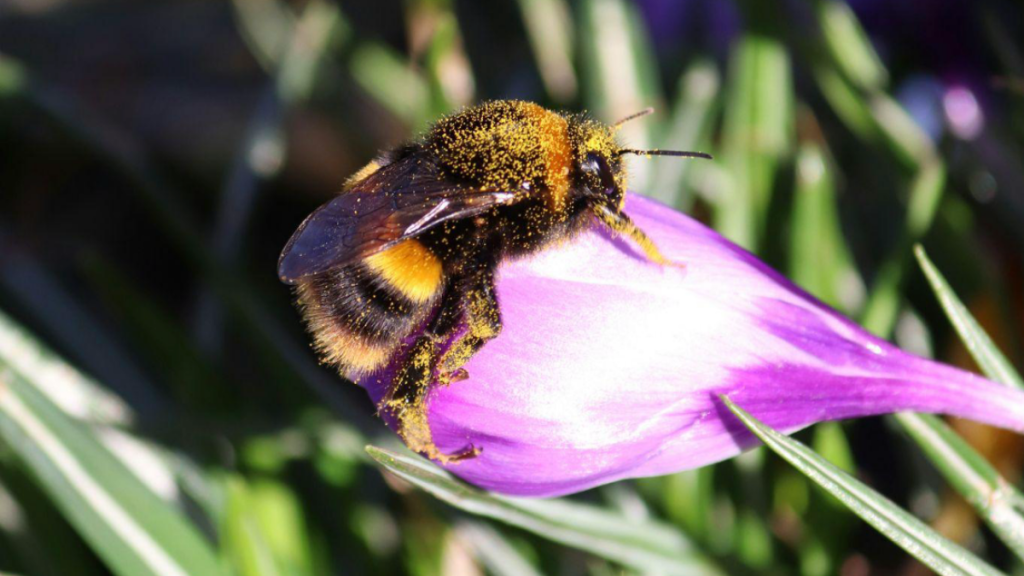In a rapidly evolving world, the intersection of technology and environmental conservation presents unprecedented opportunities for volunteers to make significant contributions. Dominic Tria, a tech-savvy individual with a deep commitment to environmental causes, exemplifies how modern tools can enhance traditional conservation efforts. This article explores various ways technology is being leveraged for environmental conservation, drawing insights from Tria’s experiences and broader trends in tech-enhanced volunteering.
The Role of Technology in Environmental Conservation
Environmental conservation has traditionally relied on manual efforts and community involvement. However, the advent of technology has introduced new methodologies that can amplify the impact of these efforts. From data collection to project management, technology provides a suite of tools that can streamline conservation activities and enhance their effectiveness.
Data Collection and Analysis
One of the most significant contributions of technology to environmental conservation is in data collection and analysis. Advanced tools such as drones, satellite imagery, and Geographic Information Systems (GIS) allow for precise monitoring of ecosystems. For instance, drones equipped with cameras can capture high-resolution images of remote areas, providing valuable data on wildlife populations, deforestation, and other environmental changes.
Dominic Tria, who has volunteered in coastal habitat restoration projects, highlights the importance of accurate data. “Using drones and GIS, we can monitor the progress of restoration projects in real-time,” Tria explains. “This technology helps us understand the effectiveness of our efforts and make necessary adjustments.”
Mobile Applications for Volunteer Coordination
Coordinating volunteer activities can be a daunting task, especially for large-scale projects. Mobile applications designed for volunteer management can simplify this process by providing platforms for communication, scheduling, and task allocation. Apps like VolunteerMatch and GivePulse allow volunteers to find opportunities, track their hours, and stay connected with project coordinators.
These applications not only make it easier for volunteers to participate but also enable organizations to manage resources efficiently. By integrating GPS functionality, volunteers can receive location-based assignments, ensuring that efforts are distributed evenly across the project area.
Crowdsourcing and Citizen Science
Citizen science initiatives, where volunteers contribute to scientific research, have gained momentum thanks to technology. Crowdsourcing platforms enable individuals to participate in data collection and analysis, even from their homes. For example, the Zooniverse platform allows volunteers to classify images of wildlife captured by trail cameras, aiding researchers in biodiversity studies.
Dominic Tria notes that such platforms democratize conservation efforts. “Anyone with an internet connection can contribute to meaningful environmental research,” he says. “It’s a powerful way to engage the community and harness collective intelligence.”
Environmental Education and Awareness
Technology also plays a crucial role in raising awareness and educating the public about environmental issues. Social media platforms, online courses, and virtual reality experiences can reach a global audience, spreading knowledge and inspiring action. Educational apps like iNaturalist encourage users to observe and document local biodiversity, fostering a deeper connection with nature.
Tria emphasizes the importance of education in conservation. “Awareness is the first step towards change. By using technology to educate people, we can build a more informed and engaged community,” he states.
Enhancing Field Work with Wearable Technology
Wearable technology, such as smartwatches and fitness trackers, can enhance the efficiency and safety of fieldwork. These devices can monitor physical activity, track location, and even provide real-time health data. For conservationists working in remote or hazardous environments, wearables offer an added layer of security.
In addition to personal health monitoring, wearable devices can collect environmental data. Sensors embedded in these devices can measure air quality, temperature, and other ecological parameters, contributing to comprehensive environmental assessments.
Challenges and Considerations
While the integration of technology in environmental conservation offers numerous benefits, it also presents challenges. One major concern is the digital divide, which may limit access to technology for volunteers in underprivileged areas. Ensuring that these tools are accessible and affordable is crucial for equitable participation.
Data privacy and security are also important considerations. As volunteers collect and share data, it is essential to protect sensitive information and comply with ethical standards. Organizations must establish clear guidelines and use secure platforms to manage data responsibly.
Furthermore, reliance on technology should not overshadow traditional conservation practices. Hands-on activities, such as tree planting and habitat restoration, remain vital components of environmental efforts. Technology should complement, rather than replace, these foundational practices.
The Future of Tech-Enhanced Volunteering
Looking ahead, the role of technology in environmental conservation is likely to expand. Advances in artificial intelligence, machine learning, and the Internet of Things (IoT) hold promise for more sophisticated conservation tools. AI can analyze large datasets to identify patterns and predict environmental changes, while IoT devices can provide continuous monitoring of ecosystems.
For volunteers like Dominic Tria, staying abreast of these technological advancements is key to maximizing their impact. “Technology is constantly evolving, and so are the ways we can use it for conservation,” Tria remarks. “By embracing innovation, we can tackle environmental challenges more effectively and sustainably.”
In conclusion, technology has become an indispensable ally in the quest for environmental conservation. From data collection to volunteer coordination, tech-enhanced tools empower volunteers to make a greater impact. Combining a passion for technology with a commitment to the environment can lead to meaningful and lasting change. By continuing to leverage and innovate with technology, the global community can work towards a more sustainable future.




